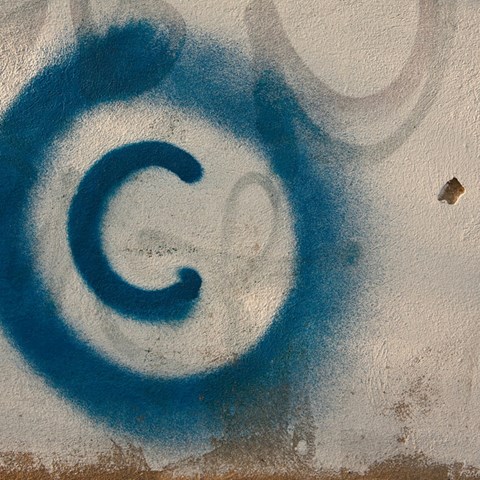Contact
SLU University Library
library@slu.se, 018-67 35 00
Addresses and opening hours

What do moral and economic rights mean? What should I consider about film and copyright? Who has the copyright to my teaching films created at SLU?
"Intellectual property laws" protect all manner of intellectual products and copyright plays an important role here. Copyright consists of rules governing a person's rights to determine how his or her literary of artistic work is to be used.
A work or that meets the threshold of originality is copyright protected. This means that the work must be “the result of personal intellectual creativity” and “original and unique”.
The Copyright Act includes two kinds of rights:
Economic rights can be transferred to another (e.g. a publisher) by contract. The moral rights, however, cannot be transferred to another party.
As a general rule copyright is valid for 70 years after the creator's death. A special rule applies to photographs. Photos that are not unique and cannot be considered original are still protected for fifty years after being taken.
There is no legal right to make copies of material produced by others accessible. To show a video for a group of people is seen as making a new copy of the video, even if you are streaming it from YouTube. But to give a link to the material is ok as long as it is free and available on the web.
It is legal to embed YouTube videos in your education material since it is not considered as making it accessible for a new audience.
Some videos on YouTube have a Creative Commons license that allows use in the classroom. Do a search, then apply the filter "Creative Commons". Remember to check the clip to be sure it does not contain any material (e.g. music, video) that is under copyright restrictions.
Source: The legal handbook (Legala handboken) (CC BY-NC-ND) (Only in Swedish
Film is not included in the Bonus Copyright Access agreement.
From SLU's intellectual property policy about teching material:
"Teachers are originators of the teaching material they develop during their employment. However, SLU has a right to use teaching material developed within the framework of the employment. The right to use means that SLU may use the teaching material in normal SLU operations and for the teaching purposes that could be predicted when the teaching material was created." (p.6)
An explanation of what is meant by the right of use is to read in the policy:
"It also gives SLU the right to use teaching material for teaching purposes, and to make necessary changes and updates to the material. It also means SLU has the right to make the material available and to make copies of it, both printed and electronic, as well as to store the teaching material. SLU’s right to use does not restrict the teacher’s copyright of the teaching material, which means that they, among other things, can fully use the material for e.g. production of textbooks, articles or other scientific works. They are also allowed to use the material when teaching on behalf of another accountable authority. " (p.6)
(Footnote in the policy: "The information above concerning the teacher’s right to teaching material has not been tried in court, which means that the legal situation has not been fully clarified. The information in this document is SLU’s interpretation of rights." (p.6)).
If you have any questions about copyright, GDPR etc you can contact The Legal Affairs Unit at SLU.
SLU University Library
library@slu.se, 018-67 35 00
Addresses and opening hours